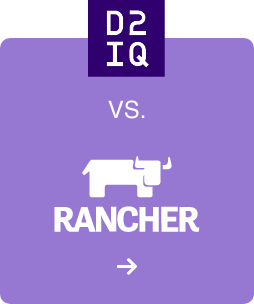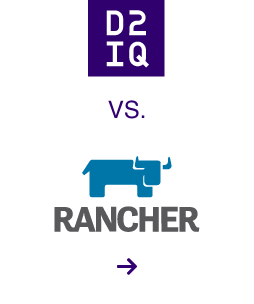
7 Steps to Kubernetes Adoption
Learn how to simplify Kubernetes adoption and get to Day 2 production faster in 7 Steps
- Align deployment with business goals
Ensure platform meets criteria for modernization, agility, speed to market, air-gapped security, edge/IoT, AI/ML, fast data pipelines, smart cloud-native innovation, industry-specific apps, etc. - Ensure top-down buy-in from organization – culture is key
Full executive and IT support increases success rate - Create a clear and comprehensive strategy for all phases of deployment–Day 0 to Day 2 and beyond
Ensure platform will deploy easily and meet all operational requirements for logging, monitoring, resilience, security, observability, governance, manageability, and extensibility - Future-proof your platform: Ensure your platform will be able to keep pace with continual innovation
Establish a foundation that meets all the current needs and can accommodate new capabilities as they arise, rather than deploying point solutions - Choose your partner based on quality of platform and people
Choose a vendor with the most stable, open, reliable, easily deployed, and easily managed platform, supported by the most experienced and skilled training and support staff - Eliminate skills gap
Upskill DevOps staff through dedicated expert training, and ease of DevOps management through platform automation and user-friendly interfaces - Deploy platform
Deploy in minutes vs. weeks or months and meet all Day 2 operational needs (logging, monitoring, resilience, security, observability, governance, manageability, and extensibility)





